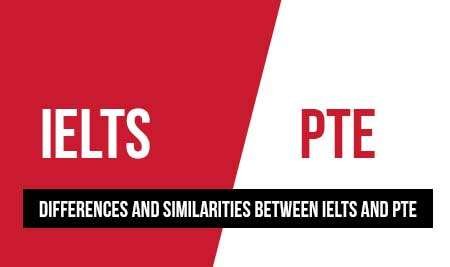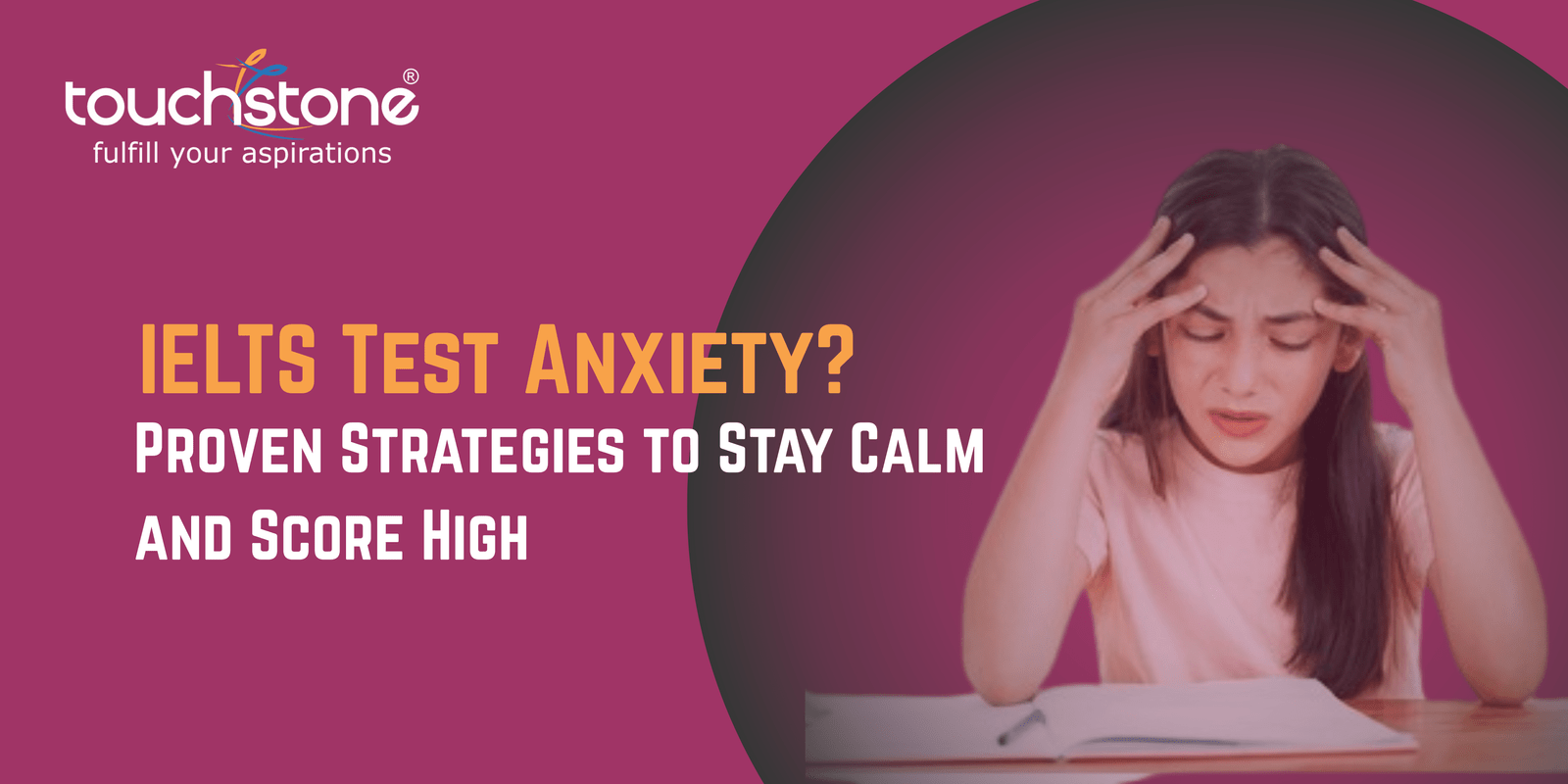Differences and similarities between IELTS and PTE
IELTS (International English Language Testing Standard) is an English language proficiency test conducted in partnership by British Council, Cambridge English Language Assessment and IDP education.
PTE( Pearson Test of English) is also an English language proficiency test, PTE was launched by an educational company Pearson in 2009. It is conducted in association with Edexcel which is one of the largest examining entities in the U.K.
Both IELTS and PTE have Academic and general versions. Academic versions are for students who want to pursue their studies in English speaking countries and General versions are for people who want to migrate to an English speaking country.
Both IELTS and PTE have Reading, writing, listening and speaking sections.
IELTS Reading, listening and writing are paper based exams with fixed time for each module. While a candidate is taking a particular module he/she can move forward or back. IELTS speaking is conducted like an interview by an examiner. PTE is a computer based exam and all 4 sections are conducted on a computer. A candidate can only go forward in a PTE exam and there is no option of going back and rechecking the answers. PTE is based on automated scoring grades and a candidate may score anywhere between 10 to 90. IELTS is scored manually on a band scale of 0 to 9. IELTS result can be checked online and is also sent in a report called TRF (Test Report Form) in 10 to 15 business days of the test date. PTE scores are available online within 5 business days of the exam date.
As compared to PTE, IELTS is accepted by more colleges and universities. It is recommended to confirm the exact requirement of the country or university where a student is planning to pursue his/her studies before choosing between IELTS and PTE.





